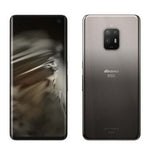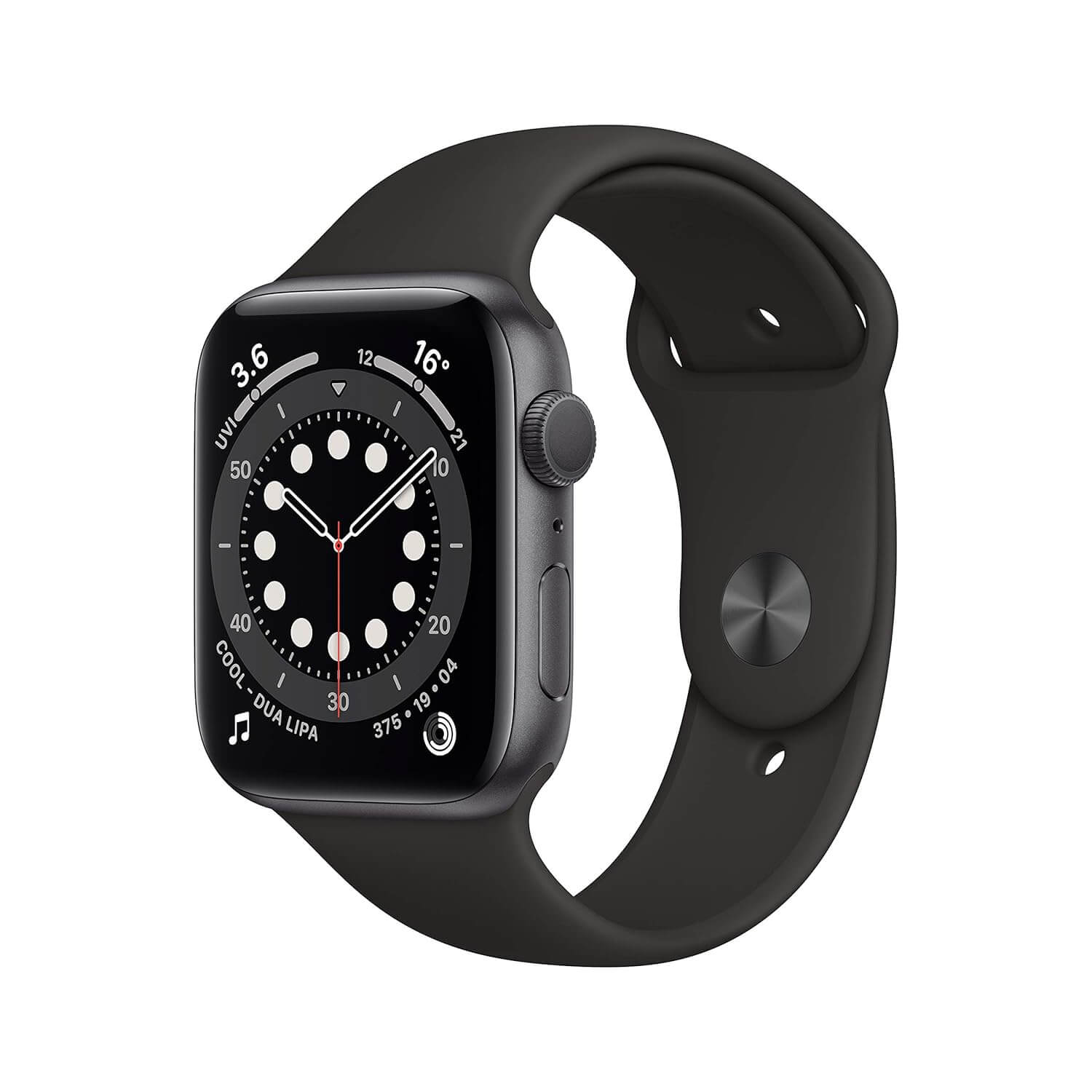
Regular price
896.00 SAR
Regular price
Sale price
896.00 SAR
Fujitsu Arrows F-51A 128GB 12GB RAM Titanium silver - Specifications
FoneZone Lifetime Warranty – Summary
Every device comes with a Lifetime Warranty covering manufacturing defects only.
What’s Not Covered:
- Water or liquid damage
- Physical or cosmetic wear & tear
- Physical damage (drops, cracks, impact)
- Unauthorized repair attempts
- Device modification, jailbreak, or tampering
Pickup & Drop Charges (After 7 Days):
- UAE: AED 25
- KSA: SAR 150 + taxes & customs
(Pickup & drop is free within the first 7 days of purchase.)
How Claims Work:
Contact FoneZone with your invoice → Device inspection → Free repair if it qualifies as a manufacturing defect.
Pickup charges will be applicable 7 days after the purchase


 and
and 
